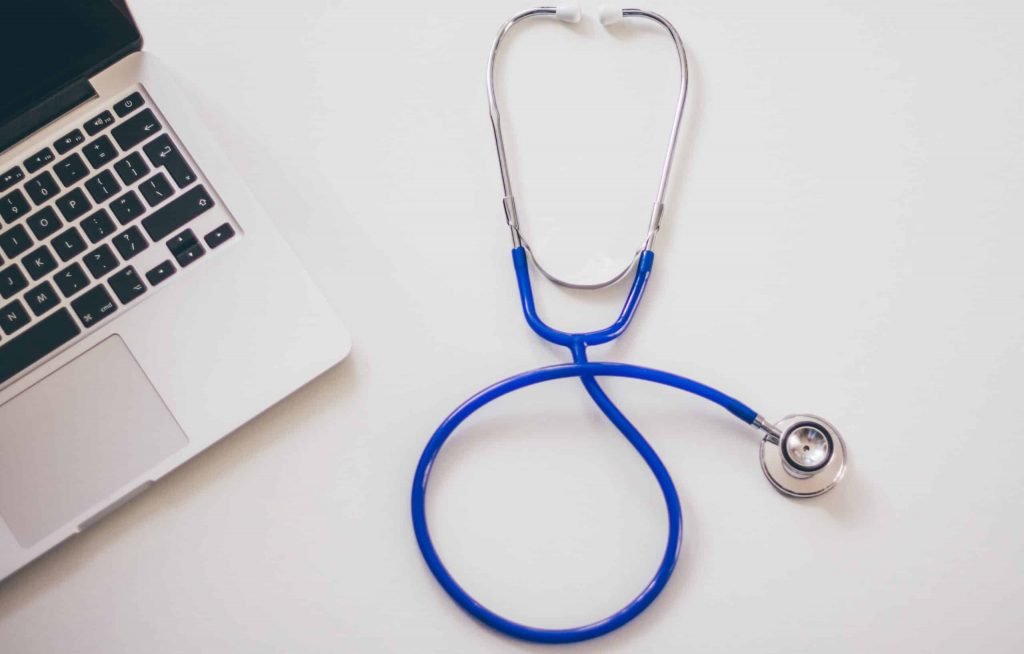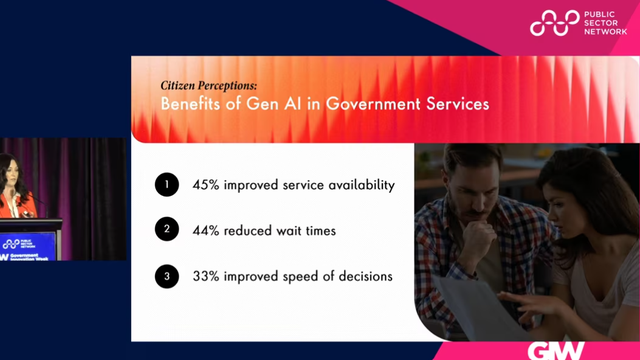The ability to leverage data, analytics and big data in the healthcare space is revolutionary. The opportunity to quickly analyse accurate data enables decision-makers to make choices regarding treatment, predict the path of large-scale health events, and plan long-term. This has never been more important than over the last three-odd years.
While data analytics technologies have demonstrated their promise, despite all the good, legitimate questions – and concerns – have arisen around privacy, ethics and the curation of healthcare data. Additionally there are key challenges around the consolidation of data and breaking down data silos to combine medical data from multiple sources to get a holistic view.
Despite the barriers, when harnessed securely, ethically and lawfully and when data sources are connected big data can transform processes, generate deeper insights to help healthcare providers improve the quality of care and streamline workflows and operations.
Read on below to learn more about the opportunities of big data, analytics and automation in the healthcare space.
When data is consolidated, automated and standardised, and supported by comprehensive governance frameworks there exists an opportunity to harness real-time insights to better inform decision making – whether this be operational, strategic or care-based. Using big data and advanced analytics, you can analyse real-time information to enable proactive patient care and ensure data-driven decision-making, improving the quality of care, while simultaneously lowering costs.
Physicians for example need access to real-time information about their patients to improve patient care – including their visits to an emergency room, length of hospital stay, new diagnoses, progress in treatment, etc. These real-time insights are derived from data collected using technologies like IoT sensors, which can optimise a hospital’s clinical, business, and administrative workflows.
The healthcare segment for Robotic Process Automation (RPA) is expected to be one of the fastest-growing sectors over the coming years. This is not a surprise since healthcare systems contain multiple rule-based processes and generate a substantial amount of data. RPA can help cure healthcare inefficiencies by automating mundane, repetitive tasks like data entry.
Despite efforts to digitise the Healthcare industry is still reliant on paper documents. Healthcare providers are digitising patient information so that it can be stored electronically accessed online by other doctors and the patients themselves. The process of extracting data from legacy systems and entering those into digital system can be automated by RPA bots.
3. Patient Inflows & Facility Utilisation
By leveraging analytics and visualisation tools there exists and opportunity for healthcare providers to better model patient flow patterns and get ahead of workflow adjustments, staffing needs and space requirements.
Care sites that operate without fixed schedules, such as emergency departments and urgent care centres, must vary their staffing levels to account for fluctuations in patient flow. Inpatient wards must have beds available for patients who need to be admitted, while outpatient clinics and physician offices are responsible for keeping wait times low for patients.
Using analytics to predict patterns in utilisation can help to ensure optimal staffing levels while reducing wait times and raising patient satisfaction.
Virtual care offers an unparalleled opportunity to deliver real change addressing the challenges of healthcare over the next decade. It has the power to transform every health and social care sector and the way services are delivered. Telehealth also improves access to health services for people in rural and remote areas.
Big Data analytics underpins telehealth – which has grown in use and popularity exponentially since the onset of the pandemic – and provides opportunities for better initial diagnosis based on the data of other patients with similar symptoms, lab test results, genetics, and lifestyle. Predictive analytics is also used to predict acute medical events and prevent patient condition deterioration and thus prevent unnecessary hospital visits.
Hospitals spend almost one-third of their overall operating expenses on managing their supply chains. Over the last 18 months healthcare supply chains have endured some real shocks with access to PPE, ventilation equipment and even cleaning products limited.
Big data plays a major role across the healthcare supply chain – everything from placing the order, to order fulfilment and invoicing.
Through big data and real-time visibility into supply chain operations hospitals can better predict future need and avoid wastage to reduce expenses and build resiliency. Supply chain data, combined with procedural data, can further be used to improve your forecasting capabilities, ensuring that products are available at the right time, at the right place, and at the right cost.


































